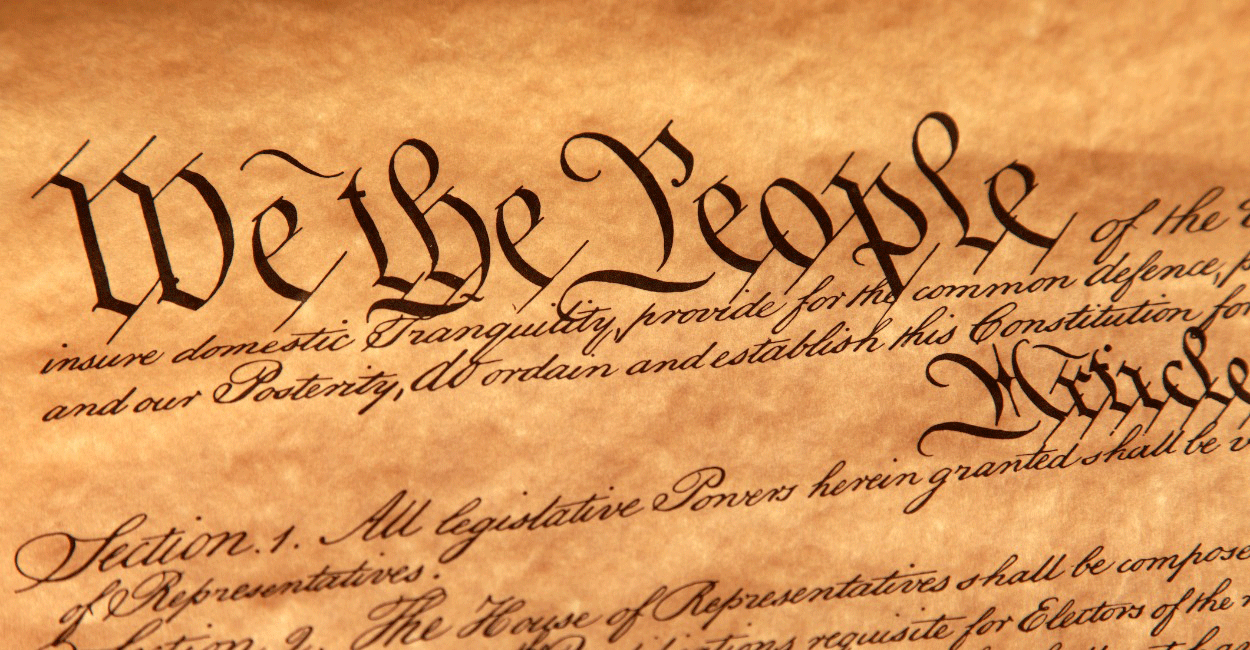 Oh frabjous day! After 13 months of studying the Constitution, I’m moving on to Article 2 today. Article 2 is the part of the Constitution that deals with the Executive branch of government. This should be interesting. Article 2 §1.1 establishes the Presidency.
Oh frabjous day! After 13 months of studying the Constitution, I’m moving on to Article 2 today. Article 2 is the part of the Constitution that deals with the Executive branch of government. This should be interesting. Article 2 §1.1 establishes the Presidency.
Article 2 §1.1
The executive Power shall be vested in a President of the United States of America. He shall hold his Office during the Term of four Years, and, together with the Vice President, chosen for the same Term, be elected, as follows
Vested in a President
Americans are pretty invested (see what I did there?) in the presidency, and today the President is almost as powerful a symbol of the nation as the flag and bald eagles. The mind reels. But shaping the Executive branch was a thorny problem for the Framers. British law was the foundation for most of the Constitution, but selecting a monarch was a nonstarter for the new republic. There was a lot of argument for an executive council instead of a single head of state. Lots of people wanted to subjugate the executive to the legislature, rather than balance their powers. Experiences under the Articles of Confederation had already illuminated the problems of a too-strong legislature. So ultimately, they looked to the New York state constitution as the model for an elected executive.
In one of Joseph Ellis’ excellent books on the early presidents (I think it was Passionate Sage) there is a delightful anecdote about the debates over how to address the president. For a more general discussion of development of the role of the president, I think the summary that begins on page 457 in the Annotated Constitution is quite good.
He
We’ll have to let the Framers’ use of “he” slide. They were writing the Constitution in the summer of 1787, when women had no legal standing to vote, run for office, or even own property after marriage. To them, it was impossible to imagine a female president. Unfortunately, many people today suffer the same lack of imagination. At least take comfort that no one seriously expects the Framers’ pronoun use to hold the weight of law.
What it Means
Taken literally, all this clause does is establish the presidency. The rest of Article 2 determines what powers that person holds. But it is only a slight exaggeration to say that most U.S. history (and certainly the work of the Supreme Court) has been the story of tension between the executive and legislative branches of government. Stay tuned.




About the author